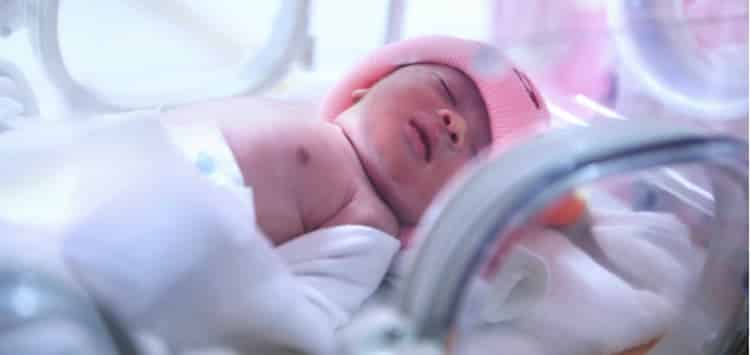Joined by State health officials, New Jersey’s hospitals are working together to reduce the State’s extraordinarily high cesarean section rates, app. reports. A new plan will see every one of New Jersey’s 49 child-delivering medical facilities implement new procedures, with a focus on nurse education and introducing doulas into the delivery room.
New Jersey Initiative Hopes To Reduce C-Section Rates
Cesarean sections can save lives, but they also pose new dangers to both mothers and children. When the birth procedure is attempted during a low-risk pregnancy, c-sections increase the risk for hemorrhage, infection and uterine rupture. Any one of these complications can lead to severe health consequences for women and several can leave children with severe and permanent disabilities.

“Delivering a baby is one of the most important times in which more medical intervention isn’t always best,” says Cathy Bennett, CEO of the New Jersey Hospital Association, who spoke to Press of Atlantic City.
NJ C-Section Rate Skyrockets, With Real Consequences
New Jersey has one of the highest c-section rates in the country. In 2016, 30.3% of the low-risk, first time pregnancies in the State ended in the procedure. That’s the third-highest rate in the nation and far above New Jersey’s target rate of 23%. Only Mississippi, Louisiana and Florida have higher rates of c-section.
Those cesarean sections, especially when their being performed in low-risk pregnancies, have real consequences. Mothers in New Jersey die twice as often during childbirth compared to the national average. C-sections also cost more than vaginal deliveries, leaving mothers and their children in the hospital for longer amounts of time.
C-Section Risks
Interviewed by Press of Atlantic City, Tracey Reighard, a registered nurse in obstetrics and director of Maternal Child Health at AtlantiCare, said that, while cesarean section can be the best option for high-risk pregnancies, the risks of c-section don’t always outweigh the benefits.
Women who deliver through c-section are at risk for bleeding, cardiovascular events and infection. Children delivered through the method often develop respiratory problems and, by not being exposed to bacteria in their mother’s birth canal, may have weakened immune systems.
For low-risk, healthy pregnancies, Reighard says, the goal should always be vaginal delivery. In Reighard’s hospital network, where most deliveries are conducted at a Galloway Township hospital, the c-section rate stood at around 45% to 50% until a raft of reforms dropped it to 25%.
Increasing Knowledge In The Delivery Room
Now, New Jersey is focused on changing the numbers statewide. Announced on Monday, June 4, 2018, the new collaboration between New Jersey’s Department of Health and the New Jersey Hospital Association is designed to limit cesarean section to situations in which they are medically necessary. The program focuses on low-risk, first time, singleton deliveries that do not involve abnormal fetal presentations.
The program is tailored to increase knowledge in the delivery room. Hospitals are now being urged to add doulas, non-medical support staff who guide women through labor and delivery, into hospital birth teams. And parents, who aren’t attending childbirth classes at anywhere near previous rates, will now be urged to educate themselves on the process.
New protocols are being developed to monitor and evaluate a mother’s pain during labor, while best practices will be implemented for the assessment and administration of pain management techniques, including epidurals. Further protocols will allow doctors and nurses to monitor low-risk pregnancies as they progress, rather than intervening at a moment’s notice.
To monitor their progress, hospitals across New Jersey have committed to joining a statewide database that will collect information and evaluate the effectiveness of the new program. The ultimate goal is to cut New Jersey’s c-section rate among low-risk pregnancies to 10% by June 2019.


